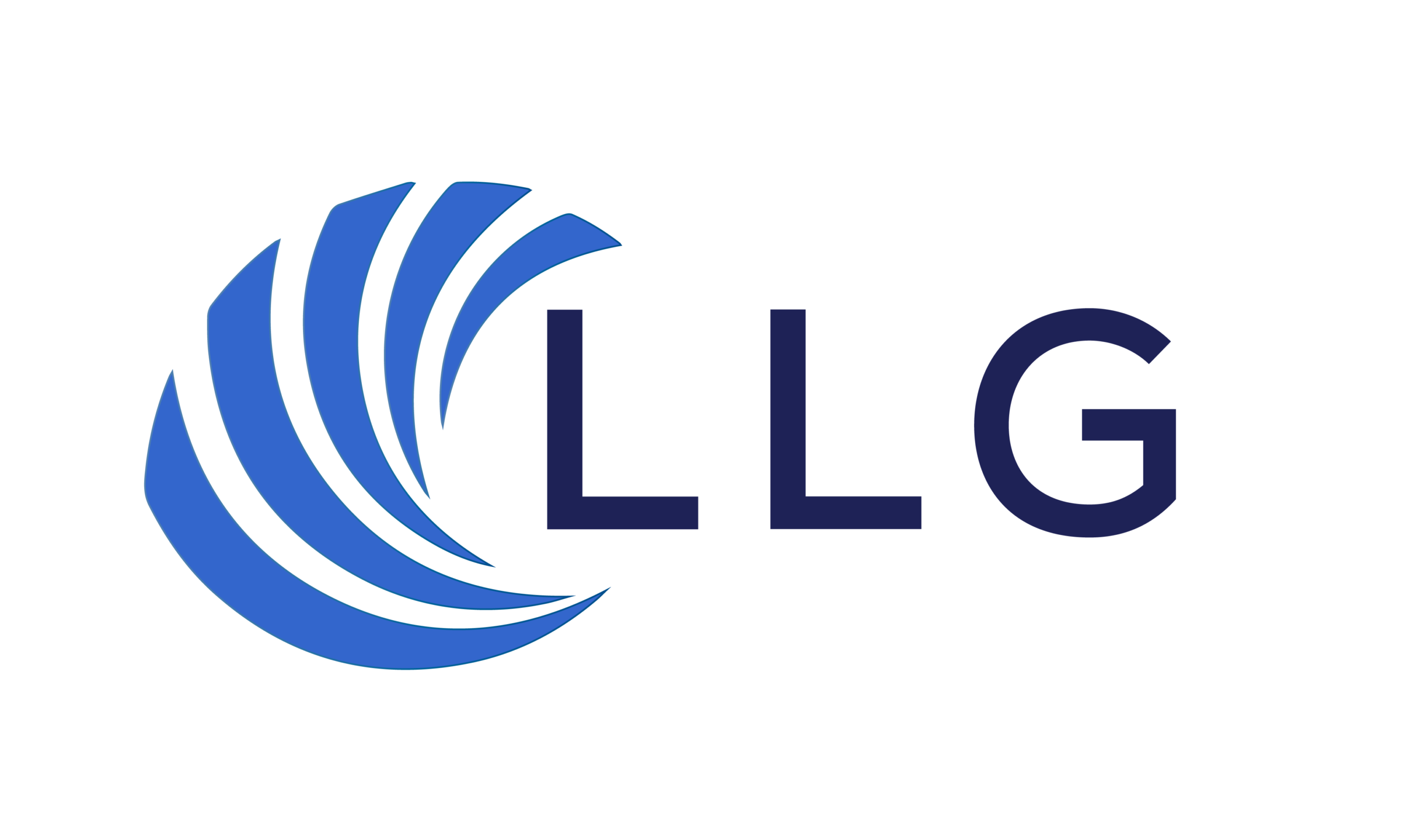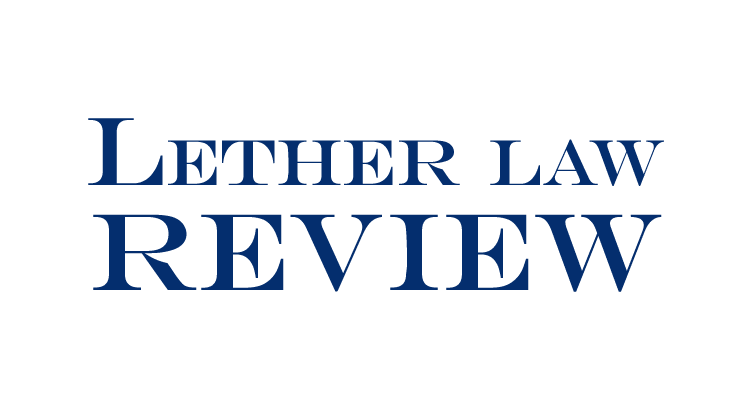The Oregon Court of Appeals recently issued an opinion which clarifies an insurer’s defense obligations to an additional insured (“AI”) under an AI endorsement for “ongoing operations”. See Security National Ins. Co. v. Sunset Presbyterian Church, 289 Ore. App. 193 (2017). Specifically, the Sunset Presbyterian case addressed two fundamental issues: (1) what allegations are sufficient to trigger an insurer’s duty to defend an AI where the AI endorsement only provides coverage for liability arising out of the named insured’s “ongoing operations”; and (2) whether an insurer must defend against all claims asserted against an AI, or whether it may only defend those claims that arise out of the named insured’s liability.
In Sunset Presbyterian, a property owner (“Sunset Presbyterian”) filed suit against a general contractor (“Andersen”) for alleged construction defects in building a church. Andersen then filed a third party complaint against its various subcontractors, including “B&B” which had provided masonry work on the project. As part of its subcontract with Andersen, B&B had agreed to add Andersen as an AI on its liability policy for any liability arising out of B&B’s “ongoing operations” that it performed for Andersen. Notably, Sunset Presbyterian’s complaint against Andersen was silent as to whether or not the alleged damage occurred while B&B was still performing its ongoing operations at the job site.
After being sued, Andersen tendered a claim to B&B’s liability insurer, Security National Insurance Company (“SNIC”), and sought AI coverage. SNIC denied defense coverage to Andersen, in part, on the grounds that Sunset Presbyterian’s complaint did not allege that Andersen’s liability arose out of B&B’s “ongoing operations”. Under SNIC’s interpretation of its AI endorsement, SNIC argued that it would only owe a defense obligation to Andersen for property damage that arose out of B&B’s work while B&B was still performing work on the project. SNIC further argued that because Sunset Presbyterian’s complaint failed to allege that the property damage occurred while B&B was working on the project, SNIC was not obligated to defend Andersen.
The Oregon appellate court rejected this argument. In accordance with established Oregon jurisprudence, the court reasoned that an insurer’s duty to defend is much broader than its duty to indemnify, and is triggered so long as the complaint alleges the possibility that an AI could be liable for the alleged damage. As it pertains to an AI endorsement that is limited to “ongoing operations”, the court ruled that a “duty to defend exists if the complaint alleges the possibility that damage occurred during ‘ongoing operations’.” Thus, a complaint does not need to expressly allege that damage occurred while the named insured was working on the project. Rather, defense coverage is triggered so long as the complaint can reasonably be read to allege that damage occurred while the named insured was working on the project as part of its “ongoing operations.”
Based on this reasoning, the court ruled that SNIC had improperly denied defense coverage to Andersen. The court found that although the “underlying complaint does not allege when damage occurred in relation to when B&B was on the job, … for purposes of the duty to defend, it suffices that the complaint alleges damages that may have occurred” while B&B was performing work at the job site.
The court also confronted whether SNIC was obligated to defend Andersen against all claims asserted by Sunset Presbyterian in the underlying lawsuit, or just those claims that arose from B&B’s acts and omissions. In evaluating this issue, the court analyzed Oregon’s anti-indemnity statute, ORS 30.140, and prior Oregon case law which found that the anti-indemnity statute also applies to insurance policies. See Walsh Construction Co. v. Mutual of Enumclaw, 338 Or 1, 104 P3d 1146 (2005). Pursuant to Oregon’s anti-indemnity statute, although an indemnitor (such as a subcontractor) may indemnify an indemnitee (such as a general contractor) for the indemnitor’s liability, the statute prohibits an indemnitor from indemnifying an indemnitee for the indemnitee’s misconduct.
Although Oregon’s anti-indemnity statute had previously been applied in the insurance context pursuant to the Walsh Construction case, the Sunset Presbyterian case extended this principle to the context of an insurer’s defense obligations. Specifically, the Oregon appellate court concluded “that ORS 30.140 circumscribes the insurer’s duty to defend just as it circumscribes the indemnitor’s duty to defend. Accordingly, SNIC’s duty to defend under its policy does not extend to defend all claims; rather, SNIC’s duty to defend corresponds to Andersen’s potential liability that arises out of the fault of B&B.” Based on this reasoning, the court ruled that an insurer is not obligated to defend an AI against all claims, but is only obligated to defend an AI against those claims which arise from the named insured’s acts and omissions.
The Sunset Presbyterian case presents an interesting development as to how the Oregon courts approach an insurer’s duties and defense obligations to an additional insured. To the extent you have any questions regarding this case law, or any other insurance-related legal issue, please feel free to contact the attorneys at Lether & Associates, PLLC.

